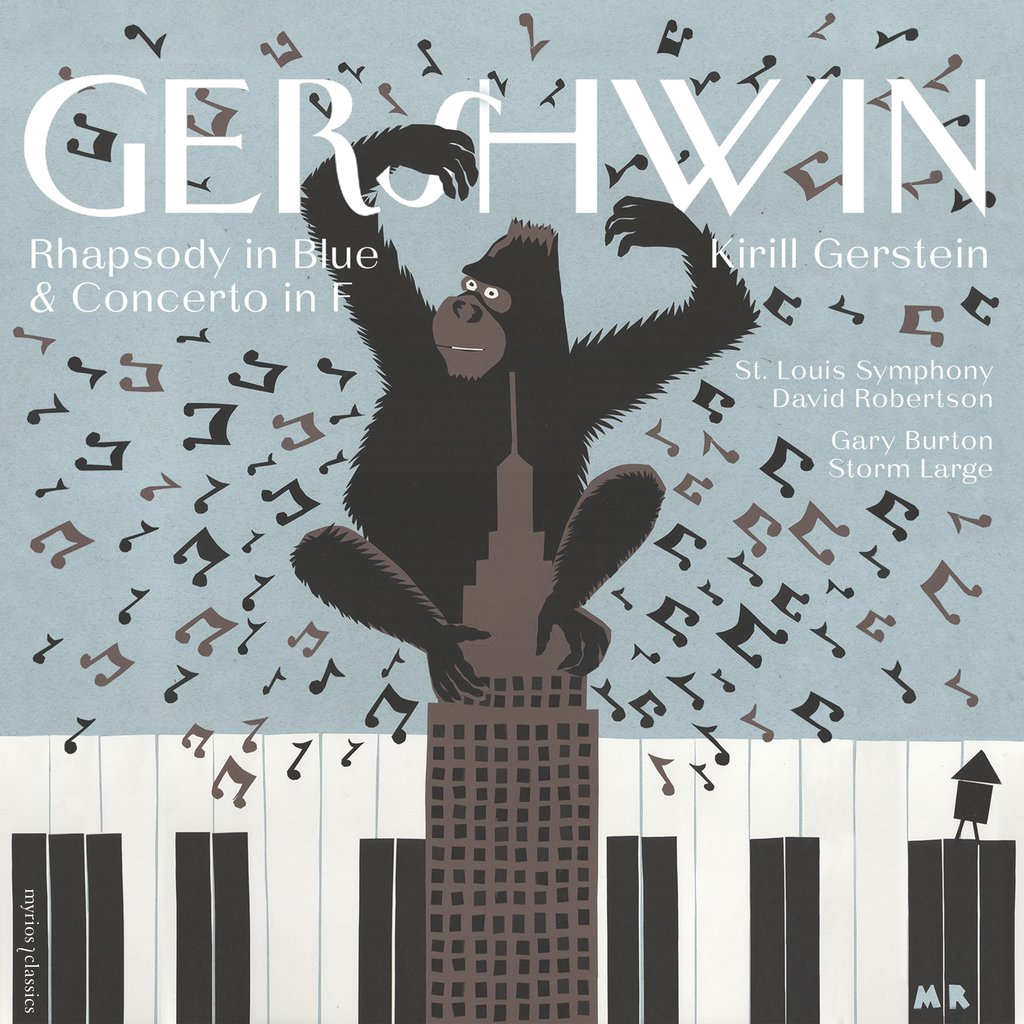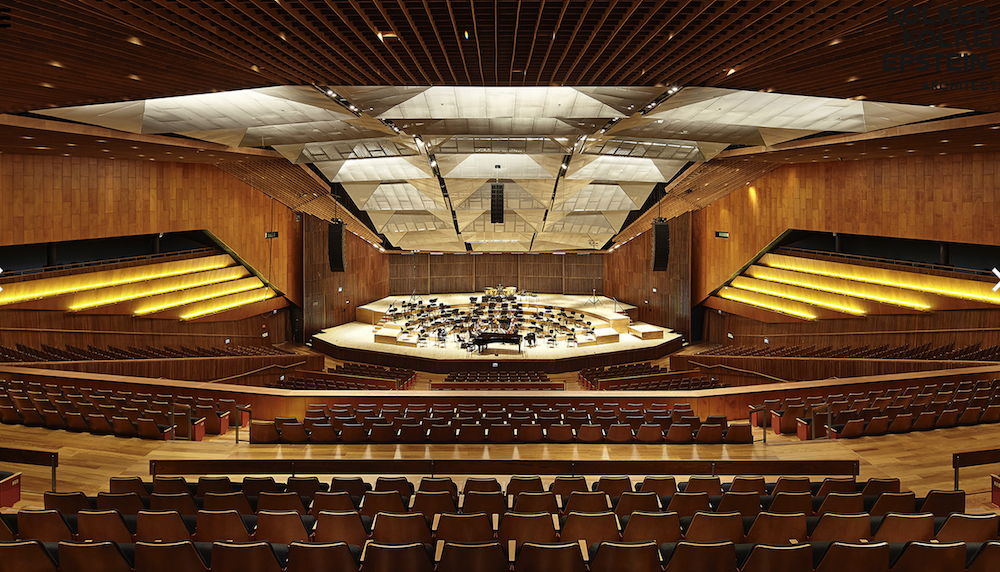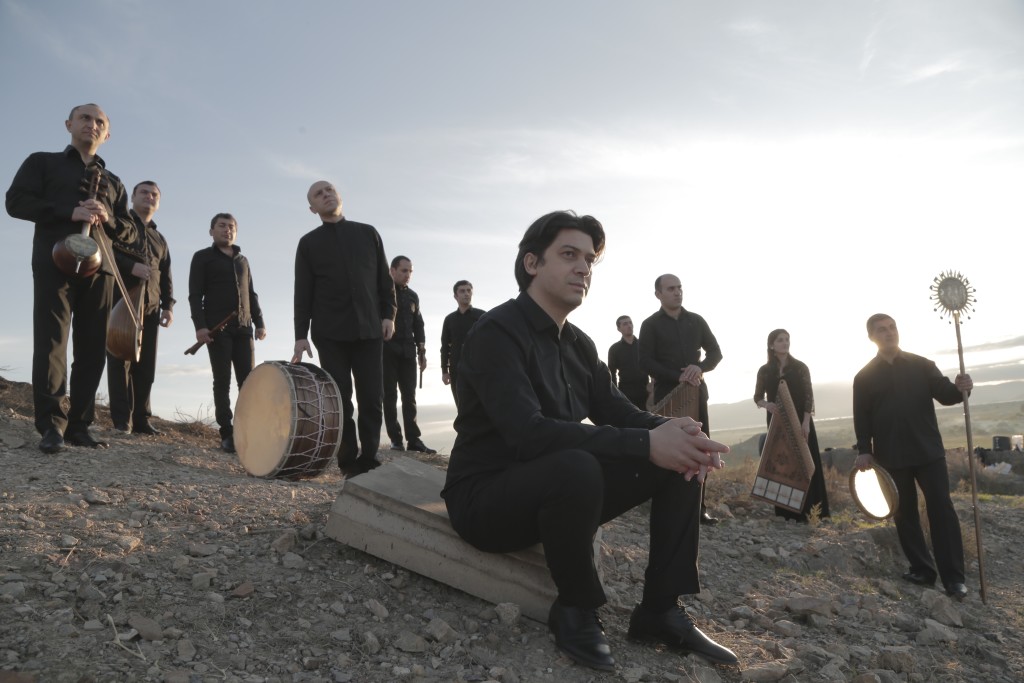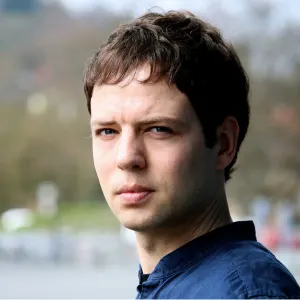Ventures
Ventures
Growing up in Russia, I started studying classical music. Early on, I also became fascinated by the sound of jazz music. Luckily, musicians and teachers around me supported a view that stylistic divisions are exaggerated. Thus, as part of my music education, for a number of years I played and developed in both styles. A serendipitous meeting with the legendary jazz vibraphonist, Gary Burton, led me to leave the Soviet Union at the age of fourteen, and come to Boston to study at the Berklee College of Music in Boston. Eventually, I felt that I had to choose what my main professional concentration would be. Roaming the enormous library of compositions by the great composers has been my choice. Jazz though remains one of the languages I grew up speaking.
Because of my experiences, the idea of illuminating how porous stylistic borders in music are continues to attract me. One of the ways this has manifested itself in my life is via commissioning works by jazz artists: Brad Mehldau wrote a large-scale piece Variations on a Melancholy Theme for me and Chick Corea composed The Visitors for Gary Burton and I. Both pieces were commissioned using the funds from my Gilmore Award.
The music of Gershwin is one of the most successful examples of classical, jazz and klezmer influences fused in a composite style. It had been long on my mind to record the Rhapsody in Blue in the original band version. With the musicians of the St. Louis Symphony and David Robertson, I found perfect partners and both the Rhapsody and the Concerto in F were recorded live in concert.

Illustration by Michael Robertson / Cover design by Ben Roth
Rounding out The Gershwin Moment” album are several shorter pieces from Gershwin’s orbit. Earl Wild’s virtuoso etudes on Gershwin’s songs sound like a pianistic meeting between Gershwin and Rachmaninoff. Earl Wild was a student of Busoni’s disciple, Egon Petri, and his 1942 recorded performance of the Rhapsody in Blue with A. Toscanini and Benny Goodman represents an important intersection of classical and jazz worlds. Oscar Levant was a friend of Gershwin and one of the most significant exponents of his music. An unusually multifaceted talent, Levant also composed (studying with A. Schoenberg for a period) and here was my chance to include a jazz performance of his Blame it on my youth standard with my mentor, Gary Burton. Lastly, I wanted to include a song by Gershwin himself: A few years ago, Storm Large and I did a cabaret evening at the Gilmore Festival and her singing Summertime is a special addition to the recording.
Cultural historian and writer, Joseph Horowitz, wrote the album notes that are also published on his blog. Read his article for thought-provoking reflections on high/low bifurcation of music, racism and snobbery that earlier played a role in perception of Gershwin’s music and how recent changes in musical life constitute “The Gershwin Moment”.
Growing up in Russia, I started studying classical music. Early on, I also became fascinated by the sound of jazz music. Luckily, musicians and teachers around me supported a view that stylistic divisions are exaggerated. Thus, as part of my music education, for a number of years I played and developed in both styles. A serendipitous meeting with the legendary jazz vibraphonist, Gary Burton, led me to leave the Soviet Union at the age of fourteen, and come to Boston to study at the Berklee College of Music in Boston. Eventually, I felt that I had to choose what my main professional concentration would be. Roaming the enormous library of compositions by the great composers has been my choice. Jazz though remains one of the languages I grew up speaking.
Because of my experiences, the idea of illuminating how porous stylistic borders in music are continues to attract me. One of the ways this has manifested itself in my life is via commissioning works by jazz artists: Brad Mehldau wrote a large-scale piece Variations on a Melancholy Theme for me and Chick Corea composed The Visitors for Gary Burton and I. Both pieces were commissioned using the funds from my Gilmore Award.
The music of Gershwin is one of the most successful examples of classical, jazz and klezmer influences fused in a composite style. It had been long on my mind to record the Rhapsody in Blue in the original band version. With the musicians of the St. Louis Symphony and David Robertson, I found perfect partners and both the Rhapsody and the Concerto in F were recorded live in concert.

Illustration by Michael Robertson
Cover design by Ben Roth
Rounding out The Gershwin Moment” album are several shorter pieces from Gershwin’s orbit. Earl Wild’s virtuoso etudes on Gershwin’s songs sound like a pianistic meeting between Gershwin and Rachmaninoff. Earl Wild was a student of Busoni’s disciple, Egon Petri, and his 1942 recorded performance of the Rhapsody in Blue with A. Toscanini and Benny Goodman represents an important intersection of classical and jazz worlds. Oscar Levant was a friend of Gershwin and one of the most significant exponents of his music. An unusually multifaceted talent, Levant also composed (studying with A. Schoenberg for a period) and here was my chance to include a jazz performance of his Blame it on my youth standard with my mentor, Gary Burton. Lastly, I wanted to include a song by Gershwin himself: A few years ago, Storm Large and I did a cabaret evening at the Gilmore Festival and her singing Summertime is a special addition to the recording.
Cultural historian and writer, Joseph Horowitz, wrote the album notes that are also published on his blog. Read his article for thought-provoking reflections on high/low bifurcation of music, racism and snobbery that earlier played a role in perception of Gershwin’s music and how recent changes in musical life constitute “The Gershwin Moment”.



















